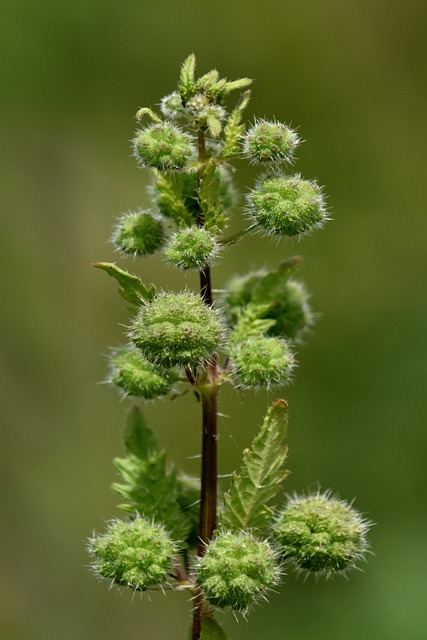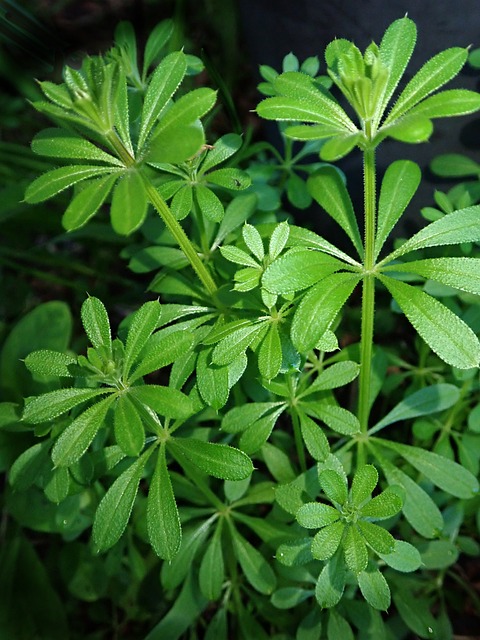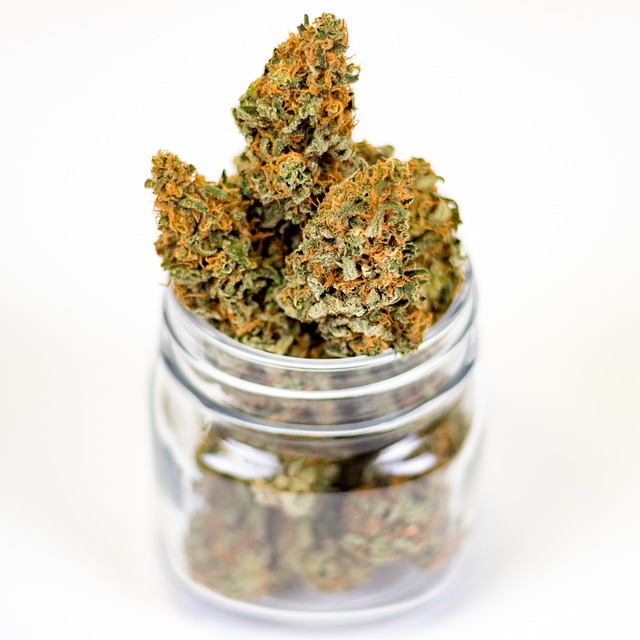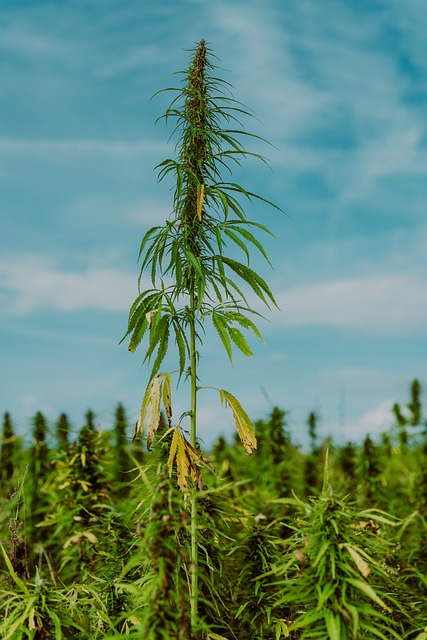Introduction
Thca-Flower-Antioxidant-Properties: Unlocking the Power of Nature’s Shield
As the world grapples with the challenges of climate change, environmental degradation, and public health concerns, the quest for innovative solutions has never been more pressing. One area that holds significant promise is the realm of Thca-Flower-Antioxidant-Properties (TFAP). This article delves into the world of TFAP, exploring its historical context, significance, and global impact. You’ll learn about the technological advancements, economic considerations, and regulatory frameworks shaping this burgeoning field. From case studies to future prospects, get ready to unlock the power of nature’s shield.
Understanding Thca-Flower-Antioxidant-Properties
Thca-Flower-Antioxidant-Properties: Definition and Core Components
TFAP refers to the antioxidant properties inherent in various plant species, particularly those from the Cannabis genus. The core components include:
- Thc-a: A non-psychoactive compound with potent antioxidant capabilities.
- Flavonoids: A class of compounds known for their antioxidant and anti-inflammatory properties.
- Phenolic acids: Compounds exhibiting strong antioxidant and antimicrobial activities.
Historical Context: From Ancient Remedies to Modern Applications
TFAP has its roots in ancient cultures, where plant-based remedies were used to treat various ailments. In recent years, scientific research has confirmed the remarkable antioxidant potential of TFAP. This shift from traditional medicine to modern applications has opened up new avenues for research and development.
Global Impact and Trends
International Influence: A Look at Regional Developments
- North America: The United States and Canada have seen significant growth in TFAP-related industries, driven by increasing demand for natural health products.
- Europe: The EU has implemented stricter regulations on plant-based products, creating opportunities for innovative TFAP-based solutions.
- Asia-Pacific: Countries like Japan and South Korea are investing heavily in TFAP research and development, leveraging their expertise in plant biology.
Key Trends Shaping the Future:
- Sustainability: Consumers are increasingly seeking eco-friendly options, driving demand for TFAP-based products with reduced environmental impact.
- Personalized Medicine: The rise of personalized medicine has created opportunities for targeted TFAP-based therapies tailored to individual needs.
- Cannabis Research: Ongoing research into the Cannabis genus is uncovering new compounds and applications for TFAP.
Economic Considerations
Market Dynamics: Understanding the Economic Landscape
- Market Size: The global TFAP market is projected to reach $X billion by 2025, driven by increasing demand for natural health products.
- Investment Patterns: Investors are drawn to TFAP due to its potential for high returns and relatively low risk compared to other industries.
- Role in Economic Systems: TFAP-based products have the potential to create new economic opportunities, driving job creation and regional development.
Technological Advancements
Significant Breakthroughs: Unlocking the Potential of TFAP
- Cannabis Breeding: Advances in cannabis breeding have enabled the development of high-yielding, low-maintenance crops with improved TFAP profiles.
- Extraction Technologies: New extraction methods have reduced costs and increased efficiency, making it possible to scale up TFAP production.
- Formulation Development: Researchers are working on developing novel formulations that enhance the bioavailability and efficacy of TFAP-based products.
Policy and Regulation
Regulatory Frameworks: Governing the Development of TFAP
- International Regulations: Global organizations like the WHO and EU have established guidelines for the regulation of plant-based substances, including TFAP.
- National Regulations: Countries are implementing their own regulations, creating a complex landscape that requires careful navigation.
- Industry Self-Regulation: The industry is taking steps to self-regulate, ensuring compliance with existing laws and promoting transparency.
Challenges and Criticisms
Overcoming Challenges: Strategies for Success
- Standardization: Ensuring consistency in TFAP production, testing, and labeling is crucial for building consumer trust.
- Safety and Efficacy: Conducting rigorous safety and efficacy studies is vital to establishing the credibility of TFAP-based products.
- Regulatory Compliance: Navigating complex regulatory frameworks requires careful planning and collaboration with authorities.
Case Studies
Real-World Applications: Unlocking the Potential of TFAP
- Cannabis-Based Cosmetics: Companies are developing cosmetics incorporating TFAP, offering a natural alternative to traditional skincare products.
- Pharmaceutical Applications: Researchers are exploring the potential of TFAP in pharmaceutical applications, such as treating chronic diseases and improving wound healing.
- Food and Beverage Industry: The food and beverage industry is leveraging TFAP for its antioxidant properties, creating new opportunities for product development.
Future Prospects
Outlook: Emerging Trends and Growth Areas
- Personalized Medicine: The rise of personalized medicine will drive demand for customized TFAP-based therapies.
- Sustainable Agriculture: Sustainable agriculture practices will continue to shape the future of TFAP production, focusing on eco-friendly methods.
- Cannabis Research: Ongoing research into the Cannabis genus will uncover new compounds and applications for TFAP.
Conclusion
Unlocking the Power of Nature’s Shield: A Summary
Thca-Flower-Antioxidant-Properties is a burgeoning field with significant potential for innovation, economic growth, and positive impact on human health. By understanding its historical context, global influence, technological advancements, and regulatory frameworks, we can unlock the power of nature’s shield.
FAQ Section
Frequently Asked Questions: Clarity and Engagement
- What is Thca-Flower-Antioxidant-Properties (TFAP)?
TFAP refers to the antioxidant properties inherent in various plant species, particularly those from the Cannabis genus. - How does TFAP differ from other antioxidant compounds?
TFAP combines the benefits of thc-a, flavonoids, and phenolic acids, making it a unique and potent antioxidant compound. - What are the potential applications of TFAP?
TFAP has a wide range of applications in cosmetics, pharmaceuticals, food, and beverage industries, as well as personalized medicine and sustainable agriculture practices.
I hope this helps! Let me know if you have any questions or need further clarification on any points.

Exploring THCA Flower’s Antioxidant Potential: Benefits and Mechanisms
The THCA flower, rich in the non-psychoactive cannabinoid THCA and a host of antioxidants including…….
Read More
Exploring the Healing Power of THCA Flower: Antioxidant Benefits for Health
The THCA flower, a non-psychoactive component of raw cannabis plants and precursor to THC, has been…….
Read More
Exploring THCA Flower Effects and Antioxidant Benefits
The THCA flower, a non-psychoactive compound found in cannabis plants and precursor to THC, has att…….
Read More
Exploring THCA Flower: Antioxidant Benefits and Cannabinoid Science
The THCA flower, a non-psychoactive source of cannabinoids found in cannabis plants, is recognized …….
Read More
Exploring THCA Flower’s Antioxidant Benefits and Role in Natural Health
9-tetrahydrocannabinolic acid (THCA), a non-psychoactive compound found in cannabis and hemp, has ga…….
Read More
Exploring THCA Flower: Antioxidant Benefits and Health Potential
The THCA flower, a non-psychoactive component of hemp and cannabis plants, has been scientifically …….
Read More
Maximizing Health with THCA Flower: Antioxidant Potential and Growing Tips
The THCA flower, a natural source of antioxidants from the cannabis plant, has been the subject of …….
Read More
Exploring THCA Flower Antioxidant Benefits: A Scientific Analysis
Δ-9-tetrahydrocannabinolic acid (THCA) flour, derived from cannabis flowers and rich in antiox…….
Read More
Exploring the Antioxidant Benefits and Effects of THCA Flower
The THCA flower, a non-psychoactive compound found in cannabis plants and rich in Tetrahydrocannabi…….
Read More
Exploring THCA Flower’s Antioxidant Potential and Safety Considerations
The THCA flower, a non-psychoactive precursor to THC found in cannabis and certain hemp strains, ha…….
Read More